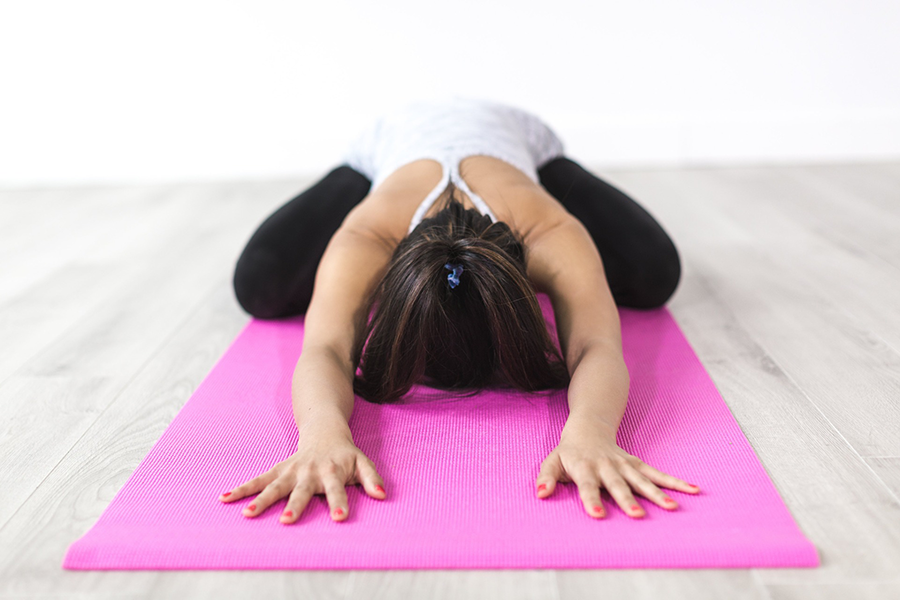I think three of the biggest things to understand are:
- the difference between GENERAL MOVEMENT (i.e. “physical activities”) vs. purposeful EXERCISE,
- the difference between exercising for HEALTH vs. FITNESS,
- the difference between HEALTHY MOVEMENT / BALANCE vs. FITNESS.
For example, being “fit or being able to compete in a specific sport does not mean you are healthy.” It just means you can do that sport really well. Most people also don’t know that cardiovascular workouts (“Cardio”) are “not necessary for improving cardiovascular function [and that] in most cases, it is detrimental to health and practiced for the wrong reasons (to “burn” calories)”. It has been shown to be a very poor promoter of weight loss as well.
Having been teaching the MELT Method for many years, helping people to improve their health, fitness, and reducing pain, I’ve had to dispel many myths propagated by the “fitness” industry, including:
- the need to stretch and what it actually does,
- the need for cardiovascular activity or intense, frequent, long workouts,
- the dangers of many common exercise routines,
- what types of movement are needed to improve core strength and balance,
- what types of movement reduce pain and injury.
The reality is that:
- most people who exercise over-exercise or exercise the wrong parts of their bodies;
- the fitness industry has some of the highest rates of pain and injury than any other subsection of the population.
Strategies that I recommend for getting healthy through movement are:
- To get you prepared for healthy movement:
- The MELT Method:
- A neurofascial and movement therapy that you can do to yourself in as little as 10-20 minutes per day
- Hands-on therapies to get your body p such as:
- Osteopathic care,
- Myofascial work,
- Neuromuscular reprogramming techniques (also included osteopathic, physiotherapy and MELT Method training).
- The MELT Method:
- Increasing general physical activity such as:
- walking,
- hiking,
- cycle to work,
- rock climbing,
- taking the stairs, etc.
- Science-based exercise:
- proper weight lifting techniques;
- cross fit style programs, done in moderation.
I love this summary give by David Asprey posted on his Bulletproof Blog about getting the right kind of science-based exercise. He says to make it:
- Brief
- Intense
- Infrequent
- Safe
- Purposeful
“Anything that does not meet these criteria is not exercise. Marathons, Ironmans, ultra-endurance events, and even bodybuilding are not exercise based on these criteria for the simple fact that they do not optimize health while creating fitness. They are immensely challenging and require great physical and mental strength, but they are their own separate entities – not to be confused with exercise. Being fit or being able to compete in a specific sport does not mean you are healthy.”
Happy exercising everyone!

